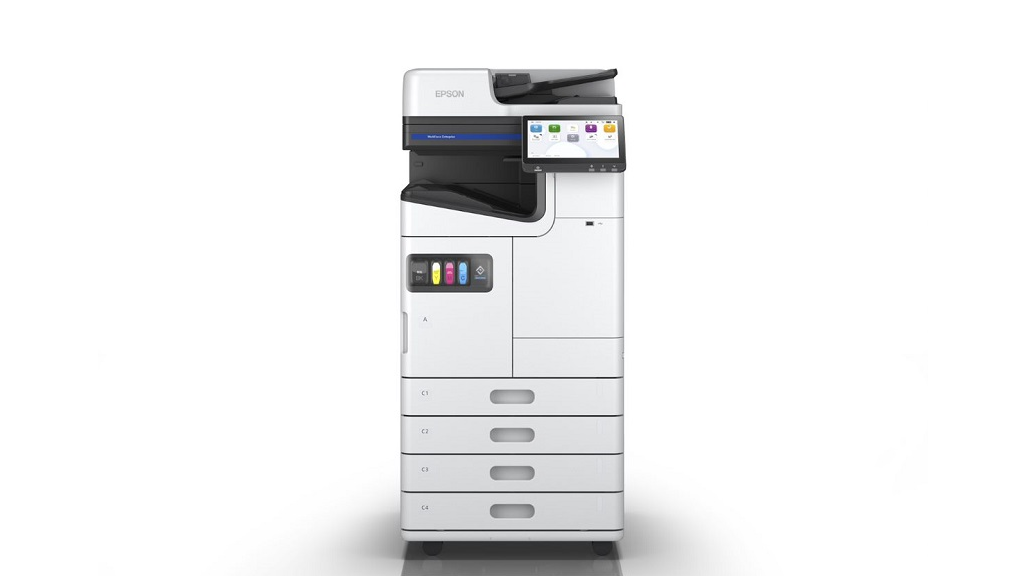
Telecommuting has changed the “rules of the game”. And what scares managers the most: not knowing how to measure the productivity of their workers. Because it is one thing to affirm that what is important is “results orientation” or “working by projects” and quite another that in reality, there is a job whose results are not seen immediately, but that somehow “need to justify” .
This is probably what explains why the use of “surveillance software” has exploded, programs capable of measuring in almost real time how much time the worker spends in front of his computer screen and what he is actually doing. In fact, a study recently carried out by TopVPN, assured in this sense that the demand for this type of software had increased by 65% compared to 2019.
And it is a phenomenon that is going to grow. This week without going any further, an American telemarketing company has been condemned for firing an employee in the Netherlands, who refused to keep his webcam on during the nine hours of his workday. The court considered that “the instructions to keep the webcam on conflict with respect for the privacy of the workers.”
And yes, we can think that they are extreme cases. At the end of the day, most companies don’t use surveillance software. But, as we will see below, they don’t really need to do it either. Without announcing it as “highlights”, a good part of the applications that are most used in companies, already put in the hands of managers almost everything they need to roughly understand the way your employees work.
Is Microsoft Office watching you?
Suites such as Microsoft 365 or Google Suite, have tools that allow you to measure the number of emails that a worker has sent, how many files they have stored and shared in OneDrive or Google Drive, how many videoconferences they have participated in or which meetings they have been part of.
In paid Slack accounts, administrators can check how many days users have been active on the platform, or how many messages have been sent during a given period of time. Zoom makes it easy for companies to see how many meetings their employees have been in, for how long, and even if users have activated the camera and microphone during meetings.
In hybrid environments, in which employees combine teleworking with a certain presence, the use of QR codes is becoming “fashionable” to, for example, register the use of a meeting room or even access the office. One wonders, of course, if knowing these data has any real use, taking into account that what is analyzed is the quantity and not the quality or, more importantly, the relevance.
Of course, the speech of Google or Microsoft is another. They ensure that these data allow detecting work patterns on which to reach conclusions with the aim of improve employee well-being. For example, a graph might show that a significant number of employees are forced to attend work meetings outside of business hours or on weekends, which might indicate a pattern that something in the office isn’t going the way it should. . Another, that in supposed collaboration projects, documents are hardly being shared, which could indicate that perhaps there is a problem at the very base of that project.
In its frequently asked questions section, Microsoft assures that using this technology to supervise employees is counterproductive due to that problem of relevance that we referred to before and can cause some managers to enter what they call “productivity paranoia”. Slack in its user guide similarly states that the analytics it offers “should be used to understand the use of Slack by the entire team, not to evaluate the performance of an individual.”
As the experts remind us, measuring productivity goes far beyond the number of emails sent throughout the day, as it has a strong component of “intangibility” that includes from the sessions of brainstorming that can be had with a team, to “solo” work that is not reflected in an immediate document and whose results will only be perceived in the medium term. You can be productive when you have a eureka moment in the middle of a shower and not being one at all, when we spend an hour in front of the computer screen going over and over again the same e-mails.
Ultimately, it is not possible to develop a healthy teleworking policy if a relationship of trust has not previously been developed between the managers and the people who are going to work remotely. Should we therefore “give up” measuring whether a team is productive? Absolutely. But installing spyware on computers or using the number of Microsoft Teams video conferences a person has participated in as a productivity yardstick doesn’t seem like the best way to go.



